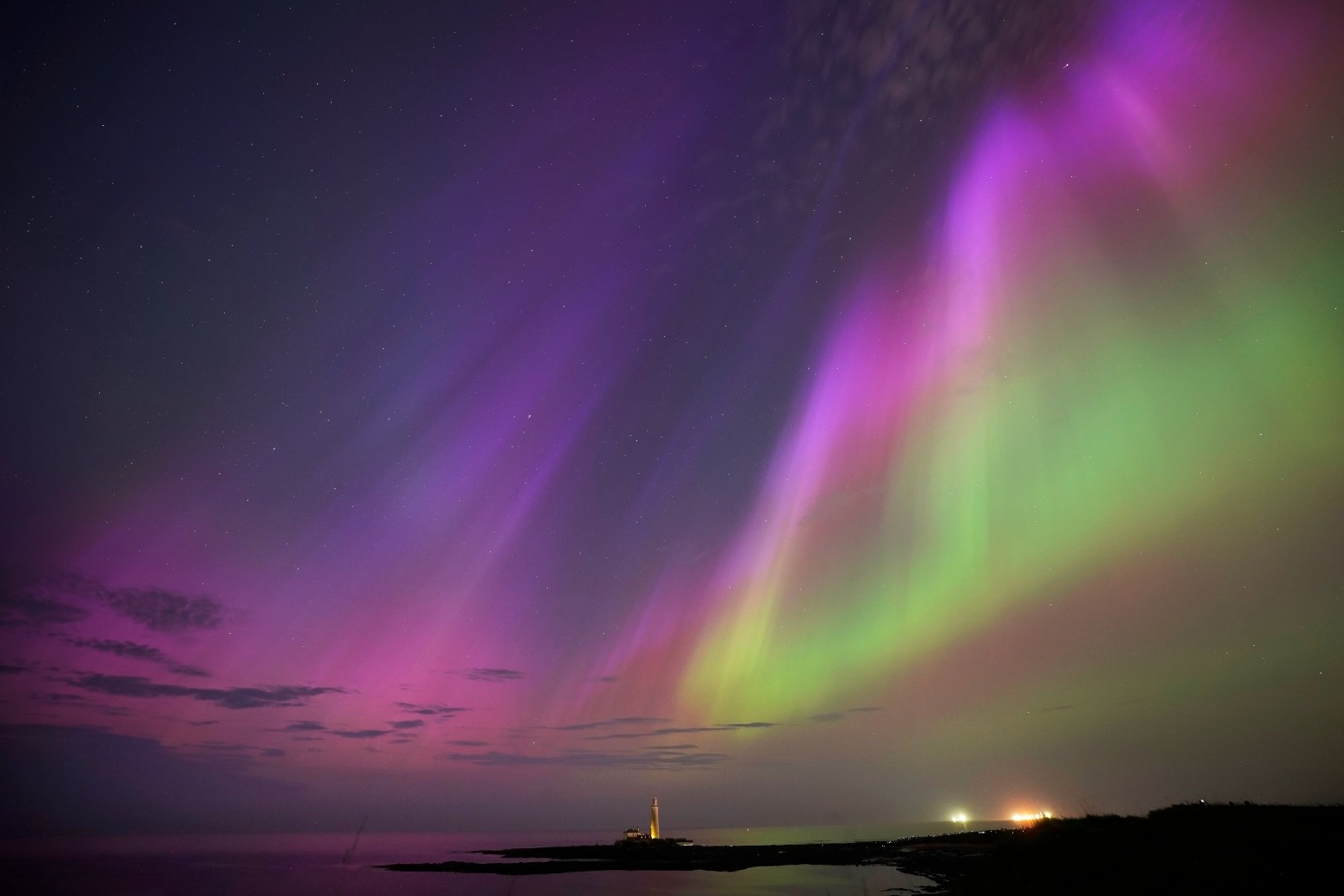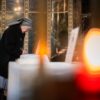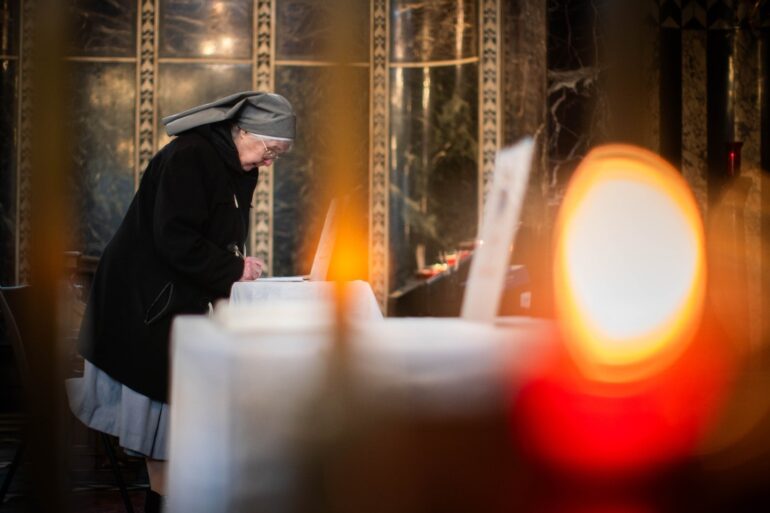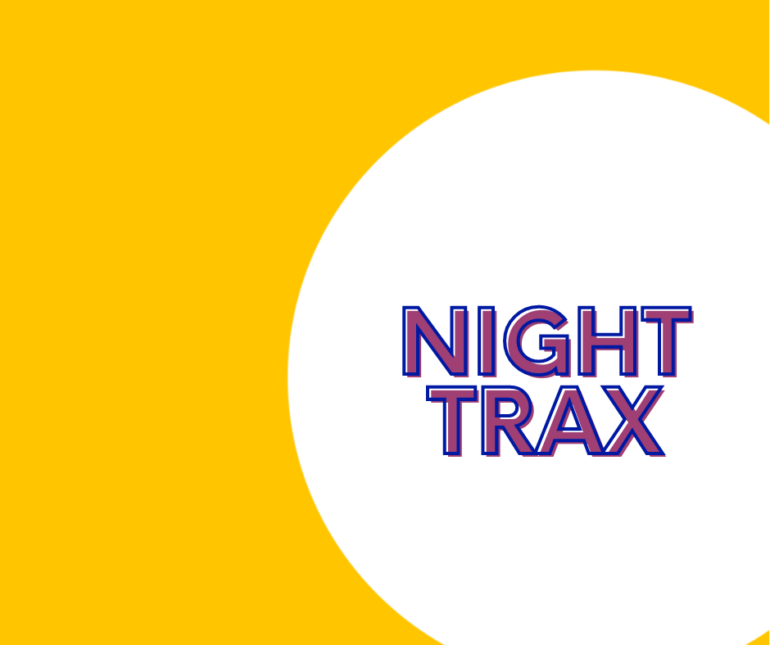-
 play_arrow
play_arrow
Kl 1 Radio Local radio for west Norfolk
-
 play_arrow
play_arrow
KL DISCO KL Disco Playing Disco Music from the 70's onwards.24/7
-
 play_arrow
play_arrow
KL COUNTRY KL COUNTRY Playing New and Classic Country Music 24/7
-
 play_arrow
play_arrow
KL ROX KL ROX The best of New and Classic Rock.24/7
-
 play_arrow
play_arrow
KL SUMMER Summer Vibes 24/7 from KL1 Radio across West Norfolk
-
 play_arrow
play_arrow
KL CLASSICAL Your Symphony Starts Here
-
 play_arrow
play_arrow
KL CHILL Just Chill!
-
 play_arrow
play_arrow
KL POP The Best POP Hits all day Long!
-
 play_arrow
play_arrow
KL XTRA KL XTRA
music_note

The Northern Lights has lit up the night sky with rare sightings across the country.
The Northern Lights, also known as aurora borealis, has been spotted in Whitley Bay on the north east coast, Essex, Cambridgeshire and Wokingham in Berkshire.
They were also spotted in Suffolk, Kent, Hampshire and Liverpool.
The sightings have reached as far as Ireland, with the Irish weather service Met Eireann posting images of the lights in Dublin and at Shannon Airport in Co Clare.
Kathleen Cunnea, in Great Horkesley, Essex, said: “It was absolutely stunning to see.”
The visibility of the Northern Lights was increased on Friday because of an “extreme” geomagnetic storm, according to the US National Oceanic and Atmospheric Administration (NOAA).
The NOAA said the G5 geomagnetic storm, which is considered extreme and is the strongest level of geomagnetic storm, hit earth on Thursday and could affect communications, GPS and power grids.
The cause of this storm is a “large, complex” sunspot cluster and is 17 times the diameter of earth, with the last storm with a G5 rating hitting earth in October 2003, causing power outages in Sweden.
The NOAA said the lights could be seen as far south as Alabama and southern California in the US.
Met Office spokesman Stephen Dixon said on Friday there was a good chance for the Northern Lights to be seen.
He said: “Although the shorter nights will limit the visibility window, there’s a good chance to see the aurora, particularly on Friday night and especially in Scotland, Ireland and parts of northern England and Wales.
“There could even be visibility further south if you have the right equipment.
“Those conditions could continue on Saturday night but we still have to work out some details on where exactly that will be.”
Mr Dixon said the combination of clear skies and enhanced activity from the sun reaching Earth would improve the chances of seeing the display.
Aurora displays occur when charged particles collide with gases in the Earth’s atmosphere around the magnetic poles.
In the northern hemisphere, most of this activity takes place within a band known as the aurora oval, covering latitudes between 60 and 75 degrees.
When activity is strong, this expands to cover a greater area – which explains why displays can be occasionally seen as far south as the UK.
Published: by Radio NewsHub

Similar posts
Upcoming shows

Paul Baker – KL1 Breakfast
7:00 am - 10:00 am

Chris Fisher – KL1 Mornings
10:00 am - 1:00 pm

Tim Lee – KL1 Afternoons
1:00 pm - 4:00 pm

Richard Dix – KL1 Drive
4:00 pm - 7:00 pm

80’s ’til 8
7:00 pm - 8:00 pm
-

Lib Dems call for music played out loud on public transport to be banned

Thousands queue to pay tribute to Pope Francis on first day of lying in state

Surprise award for Little Discoverers

Hundreds turn out for Easter egg trail fun

Would off-licence in former GP surgery ‘serve the community’ or ‘expose children to lewd and drunk behaviour’?
Message Us
Copyright The Mediasite UK - 2025



